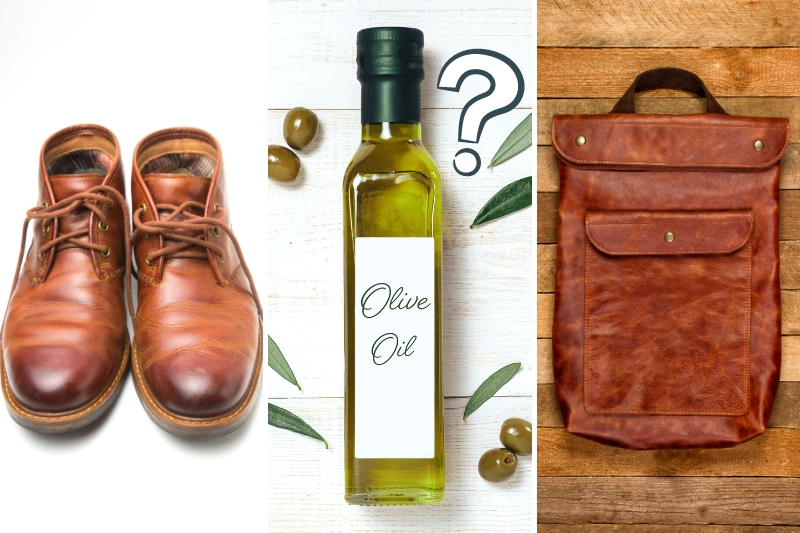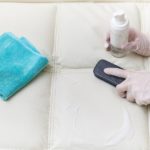Leather is that funny mix of durable and extremely vulnerable.
We’ve all been using it for footwear for years, so we know all about its toughness. But we also know that it’s extremely vulnerable to a bit of scuffing.
So, it’s good to be in the know on what to use to help keep it in good condition.
Olive oil is often regarded as a bit of a wonder substance, responsible for as many great-looking long-lasting pieces of antique wooden furniture as it is for great-looking long-lasting Mediterraneans.
Is olive oil good for leather though, either as a go-to or as a stopgap? We’ll take a look at just how beneficial it is for leather, before looking at other ideas to see what else we might turn to.
What Does Olive Oil Do to Leather?
You might think this is an easy question to answer. But in fact, just as with most things in life, it’s not as simple as it might appear.
Benefits of olive oil for leather
Firstly, and happily, it softens leather. If you have an old creased shoe, you can work a bit of olive oil in and, while it won’t get rid of the creases altogether, it will certainly lessen them. It can also reduce the profile of a scratch or scuff.
This is because leather, like other natural materials such as wood, is highly porous, which means that substances such as olive oil can seep in and effectively nourish the fibres. Seems weird to talk of what is a dead material being nourished, but there it is.
In order for nourishing to take place, the substance being applied needs to have certain compounds which work to fight against damage to the receiving material.
All sorts of oils have these compounds, as do other natural and natural-ish substances such as wax, petroleum jelly and, to a certain extent, butter.
Olive oil can also deliver an element of waterproofing. It won’t turn your brogues into boats or your sandals into schooners, but it will deliver a little limited water resistance.
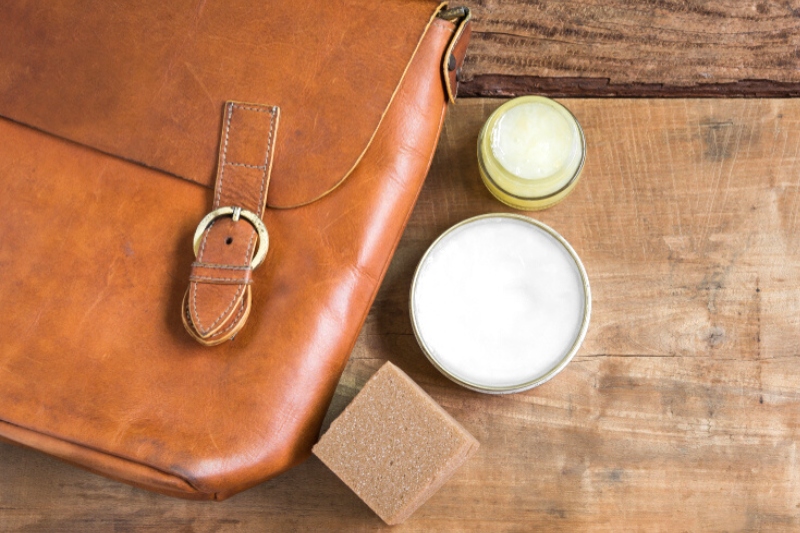
Drawbacks
There’s a real downside to continued olive oil application. There can be a bacterial build-up because the germs feed on the olive oil itself.
The bacteria will eventually eat away at the fibres of the leather, weakening the material and eventually causing holes and tears.
It can also be the case that repeated use will result in a certain amount of olive oil oxidisation taking place, which in time will reverse all that softening action, as oxidisation tends to produce a hard residue.
Finally, olive oil’s just a bit too greasy, so you can end up with grease stains on your leather.
Which Oils Are Good for Leather?
There are a number of oils that are recommended for application to leather, whether you’re softening a saddle or buffing a boot.
1. Neatsfoot oil
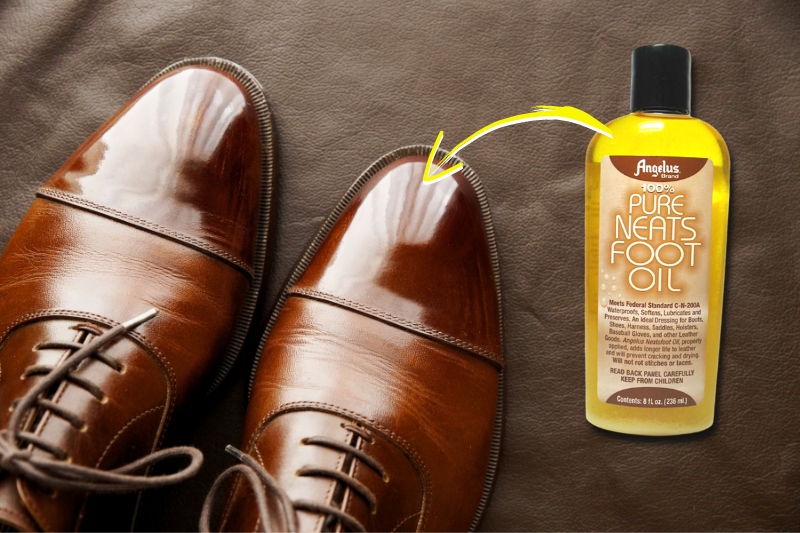
This oil, derived from cattle shin bones, is a great choice for quick fixes, not long-term use. As with olive oil, a neatsfoot oil such as Huberd’s Leather Dressing will deliver good results in the immediate sense.
Repeated use, however, can result in damage to leather and, as with olive oil, there can be a little oxidisation sometimes.
On the bright side, it’s not as greasy as olive oil, so will be less likely to stain.
Vegans will prefer not to use this, for obvious reasons, but then again, they’ll probably won’t be wanting to wrap themselves in leather either, so that’s OK.
2. Lanolin
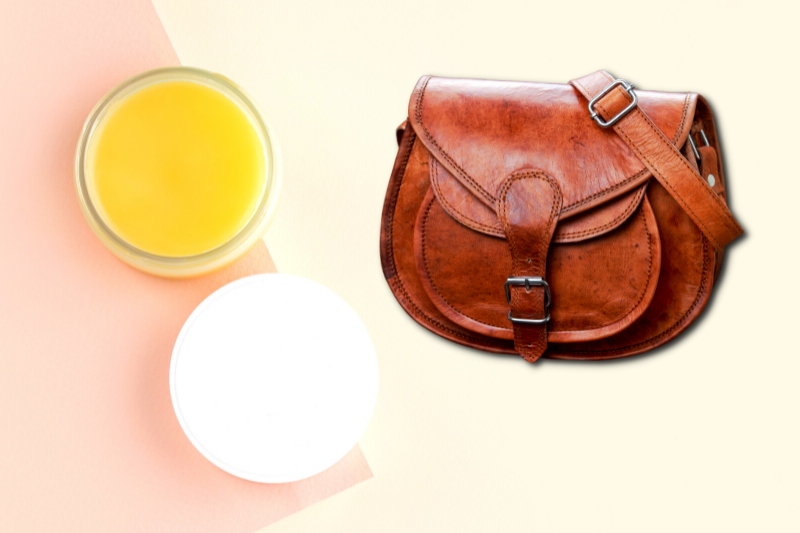
Beloved of the horse-owning set for many years, lanolin is what enables a sheep to stay out in the rain without reaching for an umbrella.
It’s basically fleece oil, which acts as a terrific waterproofing agent, as well, as it happens, as a leather softener.
It tends to be used on super-tough leather, like saddles and car seats. You can also buy it in blends with other products, such as TopShine Shoe Cream, in which it’s mixed with beeswax.
3. Almond oil
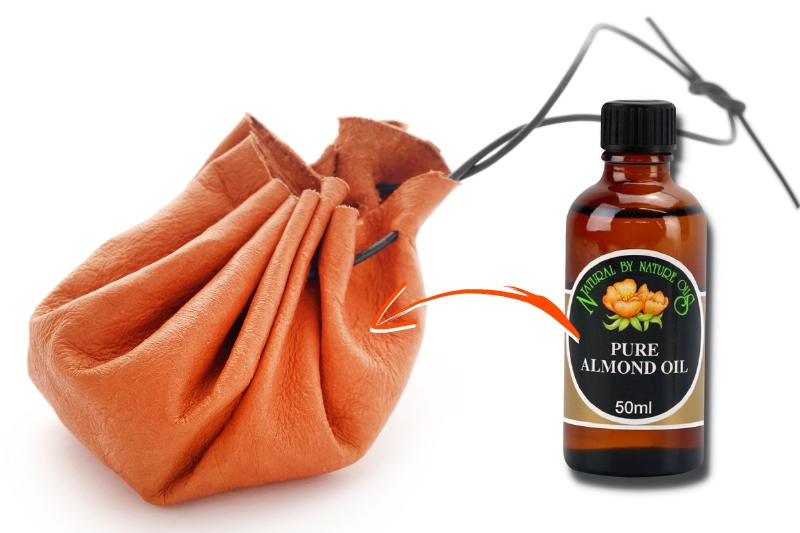
As any really good Bakewell tart will tell you, almond oil does wonders for puddings. But pure almond oil, such as Natural by Nature can also give your leather a boost. It’s highly absorbent and protects as it softens. It’s also plant-based and safe for pets, so perfect for your dog’s Dr Marten’s or your cat’s slingbacks.
Should You Use Mink Oil on Leather?
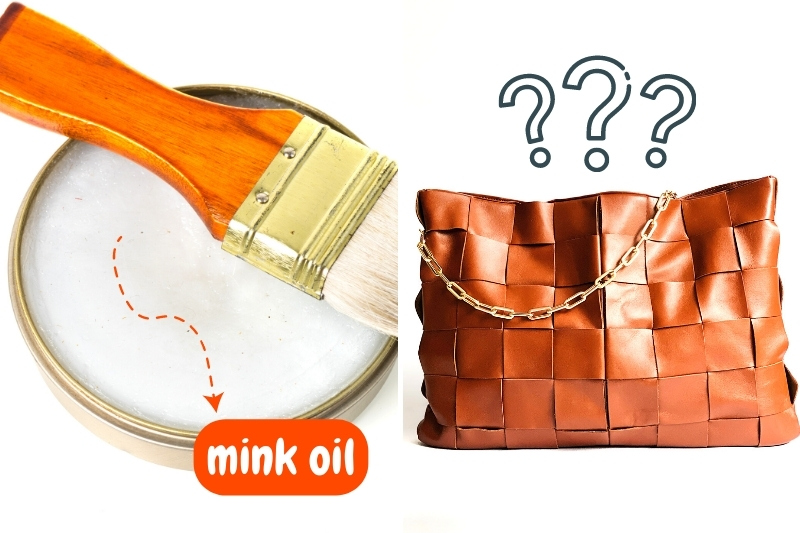
This bit’s a little controversial. Mink oil is derived from the fatty layer that a mink keeps under its fur. It’s a by-product of the mink fur industry.
Not only might the exploitation of mink, whether for fur or fat, be considered a little cruel, it actually turns out to be not that great for leather in any case.
Despite fervent claims from some, it would appear that mink oil can result in damage to the leather in much the same fashion as olive oil. So, best avoid, is our advice.
How Do You Apply Oil to Leather?
First, clean your leather item. Give it a wipe all over to get rid of any debris that will just get in the way.
Then, and here’s the clever bit, leave your leather item in the sun for ten minutes or so. This will expand it and open up the leather’s pores, which will help with the oil absorption process.
Then, when warmed up, bring the thing in and dip your finger in the oil you’re using. Apply to an inconspicuous part and wait to see if it ends up leaving an unsightly mark.
If all good, then apply a small amount to a clean dry cloth and go over the entire article. Leave to dry.
Once thoroughly dry, feel free to add extra layers if you like. Be careful not to go too far though. You don’t want to leave a slick wherever you walk.
What Else Is Good for Leather?
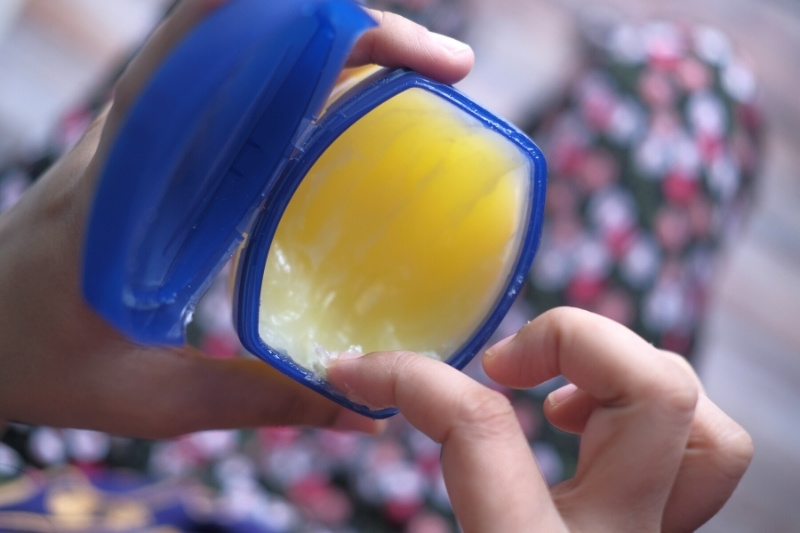
Beeswax is a popular choice. It’s natural, fairly cheap and certainly very effective. A product like Parr’s Beeswax Leather Oil is a blend of beeswax and vegetable oils that gives great softening and a certain degree of waterproofing.
You can also use a little petroleum jelly from time to time. A product such as Vaseline will certainly help with waterproofing. Long-term use isn’t recommended however, because the mineral spirits contained within petroleum jelly can dry leather out.
Although it’s great to think in terms of natural and simple, sometimes you can’t beat a proprietary creation that’s been confected especially for a given task. Leather Honey is a case in point. It’s an odourless leather softener and protector that’s extremely easily absorbed.
Once applied, it gives excellent waterproofing and will rejuvenate old leather as well as guard new items against damage. It’s also free of animal products, so those mink can breathe a sigh of relief. Bit late for those shinless cows, though.
Leather Care Tips
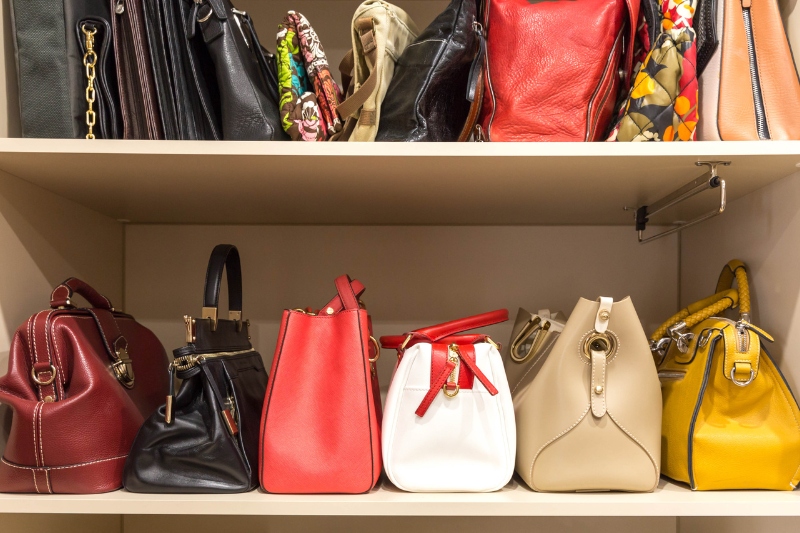
Finally, bear in mind the following leather care tips. If you adhere to these, you might find that your leather items don’t need such a lot of remedial action in the first place.
Leather loathes…
Make sure wherever you keep your shoes or handbags they’re not going to be bothered by any damp air, sunlight, heat or dust.
Moisture’s a pet hate of leather. Sunlight UV can attack leather’s colour and structure.
Heat can dry it out. Dust can work its way into leather’s niches and can eventually compromise stitching or wear away at the finish.
Leather loves…
Keep your leather items clean. Make sure they’re wiped over from time to time to prevent any accumulation of harmful agents.
Use a vacuum cleaner with a soft brush attachment on your leather furniture. You can use a damp cloth from time to time to take care of stains, but use distilled water.
Oil Leave It There
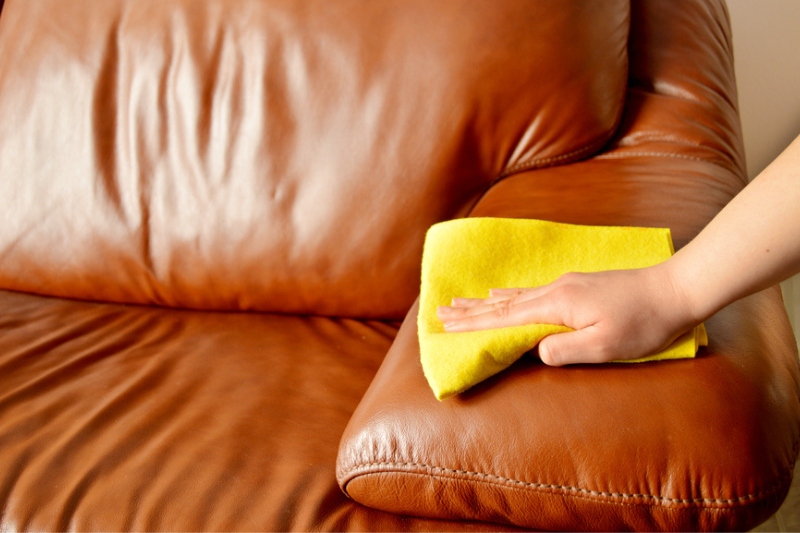
So, we’ve seen that leather is a complex material that takes some nuanced care. You should probably be thinking in terms of a specialist cleaner, in most cases.
In an emergency though, olive oil can be an assist if you’re stuck for alternatives and need some prettifying done in a jiffy.
But take our tip and don’t use it on valuables – keep it away from your Armani calfskin blouson, for goodness sake. Stick to things you won’t be too upset if you ruin.
In short, you can use a little olive oil if you simply must apply an instant shine to your inexpensive leather wallet or basic leather belt. Apart from that, save it to drizzle on your pasta.

Martin’s life revolves around films, dogs and food, but rarely all at the same time. At least two out of these three like to give clothes and furniture a hard time, and Martin enjoys discovering and writing about new ways to stop them doing their worst.
